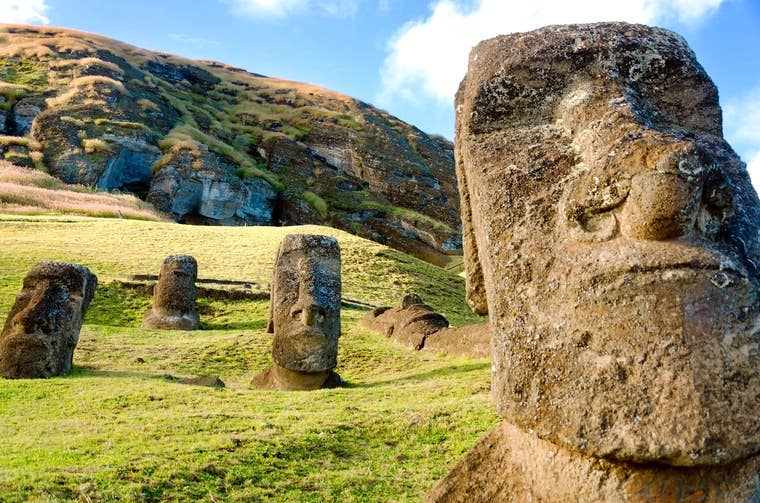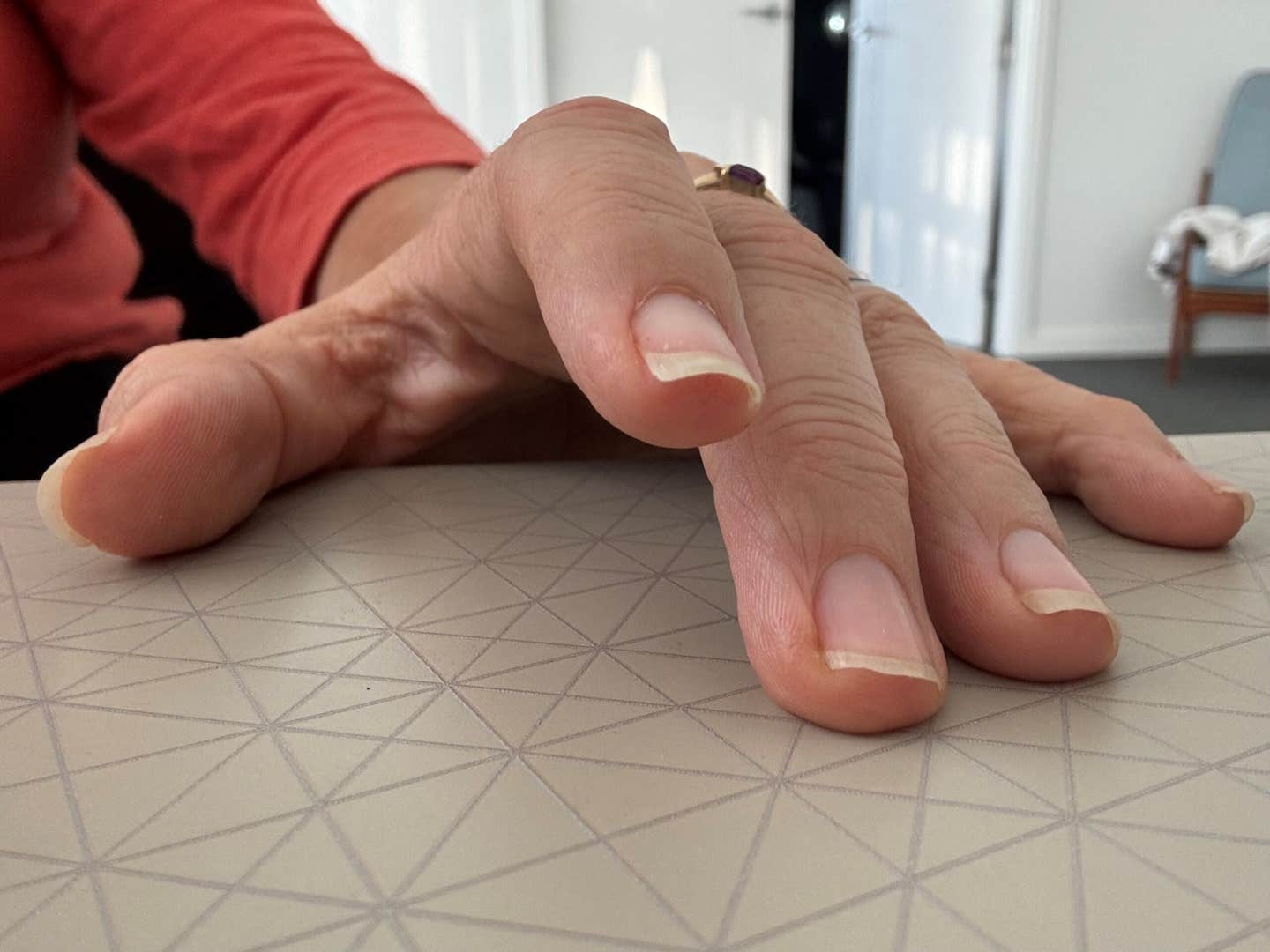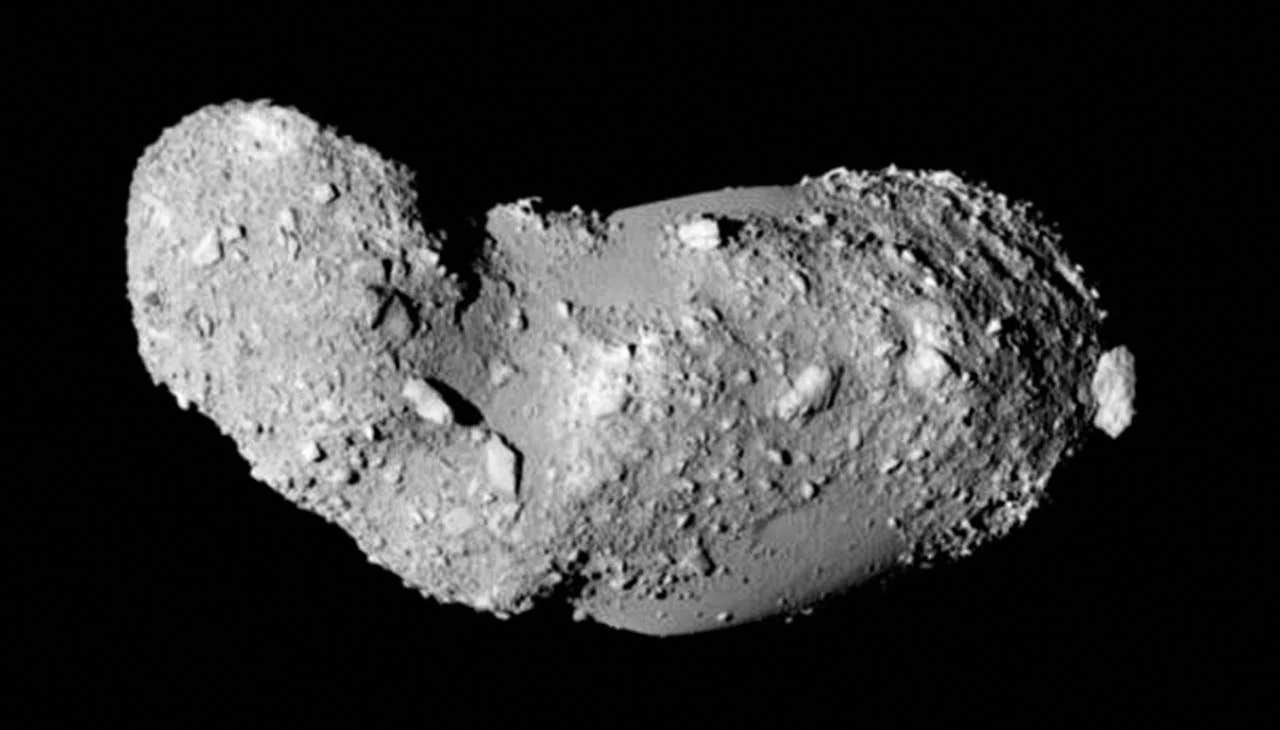Easter Island’s volcanoes are older than the ocean floor
Ancient zircons found on Easter Island reveal 165 million years of volcanic history hidden beneath the Pacific.

Zircons found in Easter Island’s sands point to a volcanic history stretching back 165 million years. (CREDIT: CC BY-SA 4.0)
In the middle of the Pacific Ocean, thousands of miles from any continent, Easter Island rises out of the sea. Its surface tells a story of volcanism that began roughly 2.5 million years ago, but recent findings show that the tale goes much deeper—both in time and geology.
Scientists studying grains of zircon, a tough mineral that forms in volcanic rock, have uncovered surprising evidence that the volcanic activity beneath Easter Island may have roots stretching back 165 million years. This revelation could reshape how you understand the Earth's deep interior.
Zircons and the Hidden Clock Inside Earth
When lava cools, it often traps minerals like zircon. These crystals contain uranium, which steadily transforms into lead over time through radioactive decay. By measuring the ratio between uranium and lead in zircon, scientists can determine exactly when the crystal formed. That’s why zircon is often used like a time capsule—telling the story of when and where the mineral solidified from magma.
In 2019, a team of geologists led by Yamirka Rojas-Agramonte traveled to Easter Island to gather samples of sand and red soil. They hoped to find zircons that would help date the volcanic eruptions shaping the island. The volcanic rocks they studied should have been about 2.5 million years old, since they rest on seafloor no older than 4.8 million years. But what they found was far more puzzling.
Hundreds of zircon grains showed ages going all the way back to 165 million years. These crystals couldn’t have formed during the island’s recent volcanic activity. Yet their chemistry closely matched the modern lavas from Easter Island. So how did they get there?
A Mantle Plume’s Long Memory
To answer that, you have to look deep under Earth’s surface—into the mantle, a thick layer of hot rock between the crust and the core. Some volcanoes, like those on Easter Island and Hawai’i, aren’t formed at plate boundaries. Instead, they appear in the middle of ocean plates, fueled by columns of rising hot rock called mantle plumes.
Related Stories
Mantle plumes can stay fixed in place for millions of years while tectonic plates move slowly above them. As a plate drifts, the plume continues to produce volcanoes, which form a chain of islands. This is how scientists explain the long strings of volcanic islands you see in places like the Pacific.
But if Easter Island’s plume has only been active for the past few million years, why are there zircon grains dating back 165 million years? Rojas-Agramonte and her team believe the answer lies in ancient magma that formed deep in the mantle long ago. As new volcanic eruptions occurred, these older zircon grains were carried up with the younger magmas, finally making their way to the surface.
That idea raised a new question: could these ancient grains be traces of an older phase of volcanic activity—possibly even from a now-vanished volcanic plateau?
Plate Reconstructions and a Lost Land
To explore this, Rojas-Agramonte contacted geologist Douwe van Hinsbergen at Utrecht University. He studies how tectonic plates have moved and changed over hundreds of millions of years. Van Hinsbergen used plate reconstruction models to rewind Earth’s movements and see what was happening beneath Easter Island 165 million years ago.
His models showed that, at that time, a large volcanic plateau could have formed on the Phoenix Plate at the same location. About 110 million years ago, this plateau would have been pushed under the Antarctic Peninsula. That timeline fit perfectly with a mysterious mountain-building phase seen in the geology of that region—known as the Palmer Land deformation event.
The discovery of these ancient zircons on Easter Island might, therefore, solve two geological mysteries at once. First, it gives new evidence for an ancient volcanic plateau. Second, it links that plateau’s disappearance to mountain building in Antarctica, providing a fresh explanation for a poorly understood event.
Ancient Crystals and the "Ghosts" Beneath the Sea
The idea of finding old zircons in young volcanic islands isn’t entirely new. Over the last few decades, researchers have reported similar ancient zircon populations in unexpected places—like mid-ocean ridges and remote hotspot islands including Hawai’i and the Galápagos. These grains are often called “xenocrysts,” meaning they didn’t form with the host magma but were carried from deeper layers of Earth.
In the Galápagos, Rojas-Agramonte and other researchers had previously found zircon crystals with ages up to 164 million years and very consistent chemical signatures. This raised the idea that the Galápagos mantle plume might have been active far longer than geologists once believed. Now, Easter Island offers similar evidence.
These "ghost zircons" preserve detailed chemical and isotopic signatures—oxygen and hafnium ratios that match mantle sources. This means they likely came from mantle melts related to plumes, not from recycling of crustal materials.
Some may have formed during massive outbursts called Large Igneous Provinces, which mark the start of plume activity. In this case, a pulse of melting around 160 to 164 million years ago could mark the birth of the Easter hotspot.
What’s striking is that these ancient grains survived for so long in the upper mantle. Experiments show zircon can endure the high pressures and temperatures of mantle rock without losing its chemical fingerprint. That’s how it can act as a durable record of deep-Earth processes that unfolded long before the ocean floor around it even existed.
Rethinking the Mantle’s Motion
This discovery also casts doubt on a long-standing idea in geology: that Earth’s mantle moves like a conveyor belt, flowing with the plates above it. If the mantle around the Easter plume were really moving in sync with the plates, these ancient zircons should have been swept away long ago. But they weren’t.
Van Hinsbergen explains that the only way the old zircons could remain directly beneath Easter Island is if the surrounding mantle barely moved. In other words, the mantle isn’t just dragging along with the plates. Instead, at least in some places, it may be more stable than we thought.
This supports a theory that mantle plumes and the surrounding sub-lithospheric mantle—where these crystals sat for tens of millions of years—can remain in place for much longer than expected. It also fits with similar findings from Galápagos and New Guinea, where other studies have spotted ancient zircons that seem to defy standard mantle flow models.
A New Chapter in Earth’s History
What began as a simple zircon-dating project on a remote Pacific island has now turned into a story with global implications. The grains collected from Easter Island’s beaches and soils aren’t just leftovers from recent eruptions. They’re relics from a time when dinosaurs roamed the Earth and continents looked entirely different.
These findings challenge old ideas about how the Earth's interior works. They hint that the mantle is not as mobile and uniform as textbooks often describe. Instead, hidden within it may be long-lived pockets that preserve traces of ancient volcanic activity—pockets that can now be uncovered with the right tools and a bit of luck.
Zircon minerals, once overlooked as simple age markers, are now seen as powerful clues. They can help track Earth’s deep-time volcanic past, link surface geology with vanished tectonic plates, and even reshape our understanding of mantle dynamics. Easter Island, long famous for its stone statues, now offers another legacy—one buried in the very sands beneath your feet.
Research findings are available online in the journal ESS Open Archive.
Note: The article above provided above by The Brighter Side of News.
Like these kind of feel good stories? Get The Brighter Side of News' newsletter.
Rebecca Shavit
Science & Technology Journalist | Innovation Storyteller
Based in Los Angeles, Rebecca Shavit is a dedicated science and technology journalist who writes for The Brighter Side of News, an online publication committed to highlighting positive and transformative stories from around the world. With a passion for uncovering groundbreaking discoveries and innovations, she brings to light the scientific advancements shaping a better future. Her reporting spans a wide range of topics, from cutting-edge medical breakthroughs and artificial intelligence to green technology and space exploration. With a keen ability to translate complex concepts into engaging and accessible stories, she makes science and innovation relatable to a broad audience.



